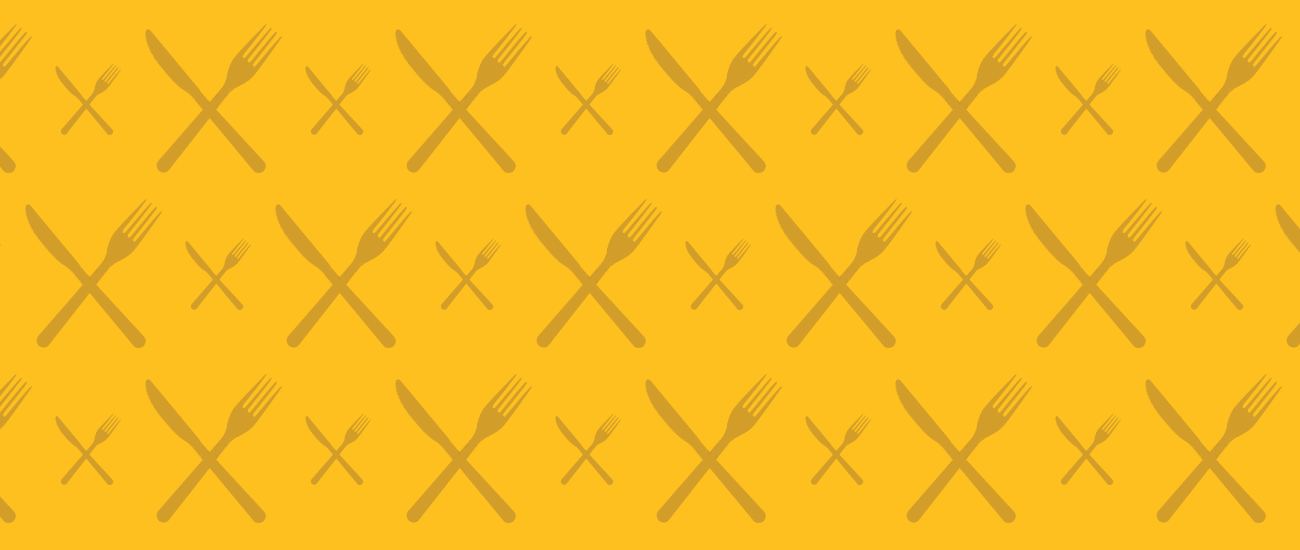This guest post is by Joe Cloud, who co-owns T&E Meats in Harrisonburg, Va., with Joel Salatin, the farmer in Michael Pollan's book, The Omnivore's Dilemma.
Image: Joe Cloud at T&E Meats
By Joe Cloud
It is no secret that a lot of the energy driving the local food movement is connected to schools. Much of that energy has coalesced in the past several years into organizational focus and legislative action to get more locally produced whole foods into local school systems. At the same time, institutions of higher learning are experiencing an unprecedented push from within the student body to offer more local foods in the dining halls. The breadth and depth of the energy driving these movements is astonishing, prompted by concerns about childhood obesity, climate change, farmland preservation, nutritional density of foods, animal welfare, and local living economies, as a short list.
This movement has certainly affected our work at T&E. We have begun sending local meats to the dining services at Washington and Lee and Virginia Tech universities. Last year, the Harrisonburg School System built its annual local food meal around 1,000 pounds of locally-raised ground beef from T&E (produced by a Holstein steer from a farm in Elkton, Va., and a Holstein cow from an organic dairy in Dayton, Va. – how’s that for knowing where your food comes from?). This spring we hosted a group of students – both graduate and undergraduate - from the University of Virginia, who are part of a large multi-year project studying local food systems in central Virginia. They spent the afternoon touring the plant and learning about the potential and limitations for production of locally processed meat.
Recently a group of high school students from a local private school connected to Eastern Mennonite University came through. That week was a mid-semester break for them, and a teacher was taking the opportunity to teach a week-long class on local food systems. They went around to local farms, dairies, poultry plants, distribution centers, and T&E. The students came through on a day when we were running the kill floor. They joked around nervously as we put everyone into process-room hair nets and butcher wraps, as required by our sanitation procedures. I led them through the process room and the coolers, and their eyes got big looking at the hanging carcasses and the meat cutting underway. Then we went on to the high point of the tour – out onto the kill floor where, that day, we were slaughtering pigs.
Naturally, there is a fair amount of blood, some neat piles of offal in trays awaiting inspection and disposal, and a few warm carcasses about to be pushed into the cooler. There is a warm biological smell, difficult to describe – the smell of blood? of offal? – that permeates the air. The odor can be faintly nauseating at first and yet simultaneously attractive at some atavistic caveman level. Some people find the smell intolerable, so I told the students that if they did, they should walk out then and there, and there would be no shame in that.
But in fact they all stood their ground, fascinated. Our kill floor is small enough that an observer can witness the entire process from beginning to end from a single vantage point. Due to the compact footprint of our building, our rail line is not linear, but moves through an S-shape from the knock box to the cooler door. Right after the group walked onto the floor, Phillip knocked a large hog using the fixed-bolt stunner, which caught the group’s attention immediately. A blank .22 cartridge fires the stunner, so the noise is inescapable. Playing tour guide, I explained the entire process, but there were few eyes on me. Everyone gazed in rapt attention as Phillip stuck and bled out the hog, and watched as other hogs were being skinned and eviscerated.
We proceeded to the large carcass cooler where beef and lamb carcasses were hung, along with the hogs. There we discussed anatomy, pointing out where the actual cuts of meat found in supermarkets came from, but I noticed that half the class lingered at the cooler door or listened for the sound of the bolt gun discharging. The death of any animal is profound, whether it is a beloved pet, a barnyard friend, or simply an anonymous pasture denizen. That this process can be executed in an atmosphere of simple respect is revealing. The fact that our government meat inspector literally touched not only every animal, but also did a simple autopsy on all major organs was also revealing, both for the concern for the consumer but the animal itself.
Several days later I had a chance encounter with the teacher again. He told me that the day after their tour at T&E, the class had visited a large poultry plant. Rockingham County has the reputation as the birthplace of the modern turkey industry in America, and is home to a number of major poultry plants, operated by the usual suspects: Tyson’s; Cargill; Pilgrim’s Pride; Purdue; as well as some independent plants. These are very high volume plants, with thousands of birds going through the line every day.
After that visit, he asked that class what they thought of the difference between the mega-plant they visited and T&E. He said the answer was summed up by one student when she said: “After today, I never want to eat turkey again, but after yesterday, I would be happy to eat any meat that came from T&E.”


 . It's especially good with fresh onions now in season at the farmers' market.
. It's especially good with fresh onions now in season at the farmers' market.